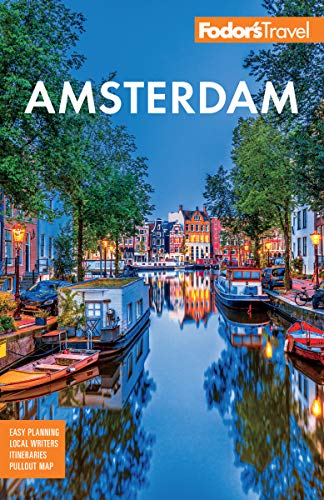Dutch Art—Then and Now
Few other countries have fathered so many great artists. During the Golden Age of the 17th century, an estimated 20 million paintings were executed, and every well-to-do home seemed to have an oil painting hung on the wall.
15th and 16th century
Early Lowlands painters hailed from the southern cities of Ghent, Antwerp, and Bruges—Jan van Eyck (1385–1441) founded the Flemish School, Hieronymus Bosch (1450–1516) crafted meticulous, macabre allegories, and Pieter Bruegel the Elder (1525–69) depicted scenes of Flemish peasant life. In the north, a different style began surfacing. Around Haarlem, Jan Mostaert (1475–1555) and Lucas van Leyden (1494–1553) brought a new realism into previously static paintings. In Utrecht, Gerrit van Honthorst (1592–1656) used light and shadow in ways never seen before on canvas.
The 17th and 18th century
From these disparate schools flowed the Golden Age of Dutch painting, and Hals, Rembrandt, and Vermeer all borrowed from each diverse technique. Frans Hals (1581–1666) has been called the first modern painter. He delighted in capturing the emotions—a smile or grimace—in an early manifestation of Impressionism. Rembrandt van Rijn (1606–69) is regarded as the most versatile artist of the 17th century. His early works were overly ornamental, but as the years went by he dug deeper into the metaphysical essence of his subjects. As his material world collapsed around him, he somehow turned out even greater art. Jan Vermeer (1632–75), the third in this triumvirate, was a different case altogether. He produced only 35 known paintings, but their exquisite nature made him the most precious painter of his time.
19th century
The greatest Dutch painter of the 19th century is undoubtedly Vincent van Gogh (1853–90). During his short, troubled life, he produced an array of masterworks, although he famously sold only one. He only began painting in 1881, and his first paintings often depicted dark peasant scenes. But in his last four years he produced endlessly colorful and arresting works. In 1890, he committed suicide after struggling with depression.
20th century
Piet Mondrian (1872–1944) evolved with his century. Early in his career he painted landscapes. Then, in 1909, he began dabbling, first with Expressionism and then Cubism. He eventually developed his own style, called Neo-Plasticism. Using only the primary colors of yellow, red, and blue set against neutral white, gray, and black, he created stylized studies in form and color. In 1917, with his friend Theo van Doesburg (1883–1931), he published an arts magazine called De Stijl (The Style) as a forum for a design movement attempting to harmonize the arts through purified abstraction. The most vibrant movement to emerge after World War II was the experimental CoBrA (artists from Copenhagen, Brussels, and Amsterdam), cofounded by Karel Appel (1921–2006) and Constant (Constant Nieuwenhuis, 1920–2005). With bright colors and abstract shapes, their paintings have a childlike quality.




